10 Real-Life Physical Fonts
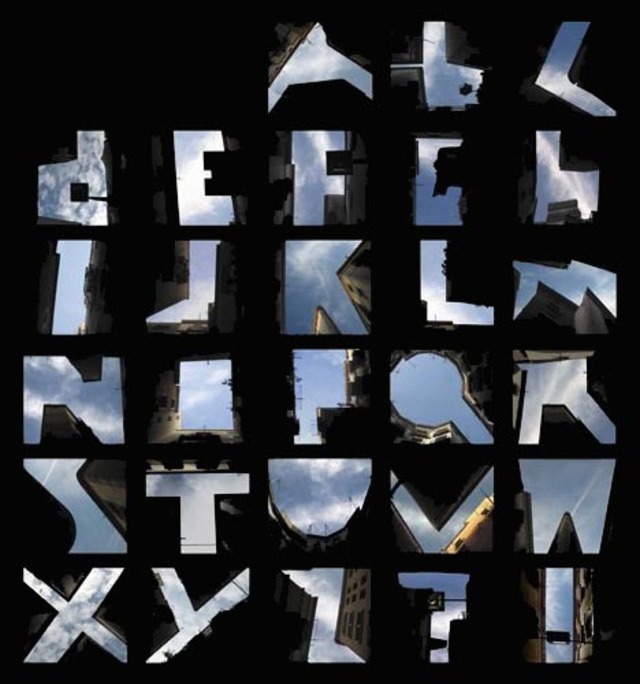
People design fonts all the time … but how often is a font actually found (or even built) in real life? From giant fonts found and photographed in cities and nature to constructed fonts of all types of material, size and scale, here are ten of the most brilliant, unique and innovative physical typeface finds and designs.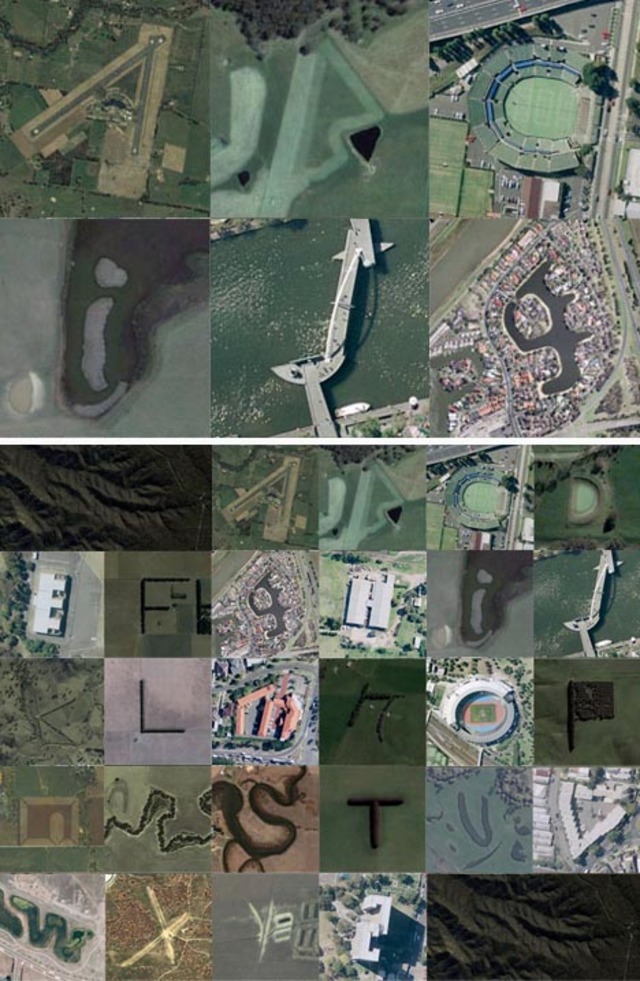
Rhett Dashwood did something many of us probably wish we had thought of first – or had the tenacity to pursue so thoroughly and complete so well. It took months to assemble each of these unique letters searching mile by mile on Google Maps throughout Victoria, Australia, to find significantly crisp, unique and varied land formations and built objects shaped like letters for this collection. Best of all, the list comes complete with the actual locations so you can see these spots for yourself using Google.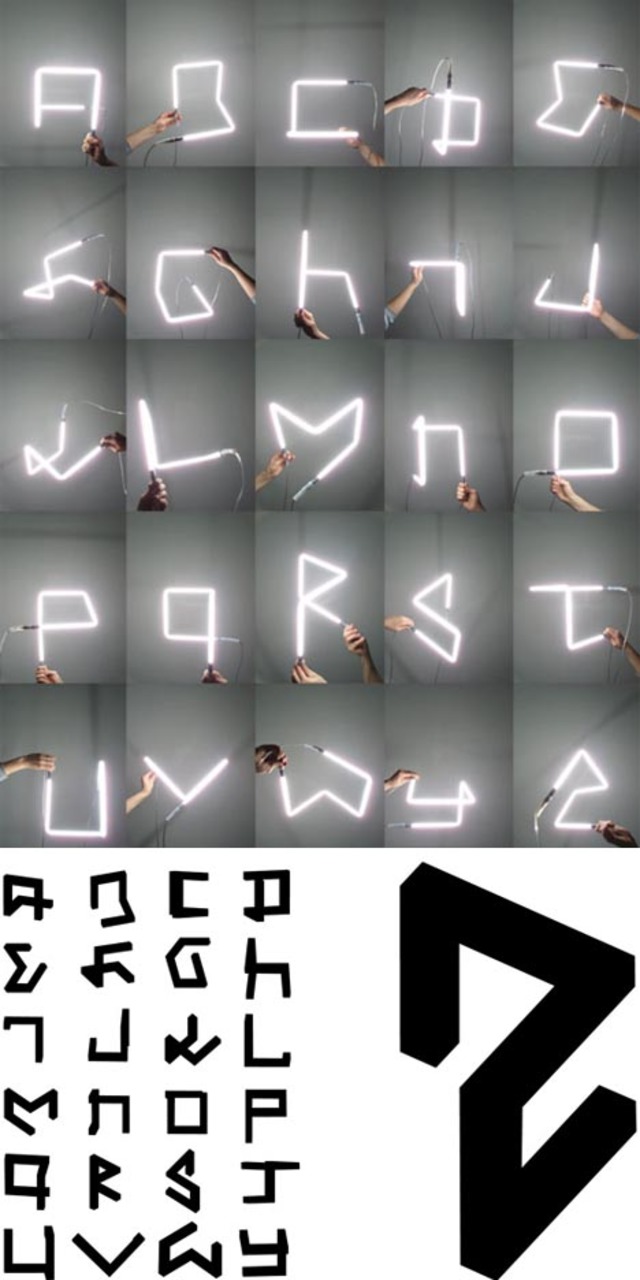
A closer look at this already cool-looking three-dimensional font by Adam Slowik of Bank Associates reveals that it is not only compelling in physical form (above) and in abstract rendering (below), but each letter is made using only a single shape. This one fairly simple three-dimensional object can, by being turned in different directions, successfully look like any letter in the entire alphabet.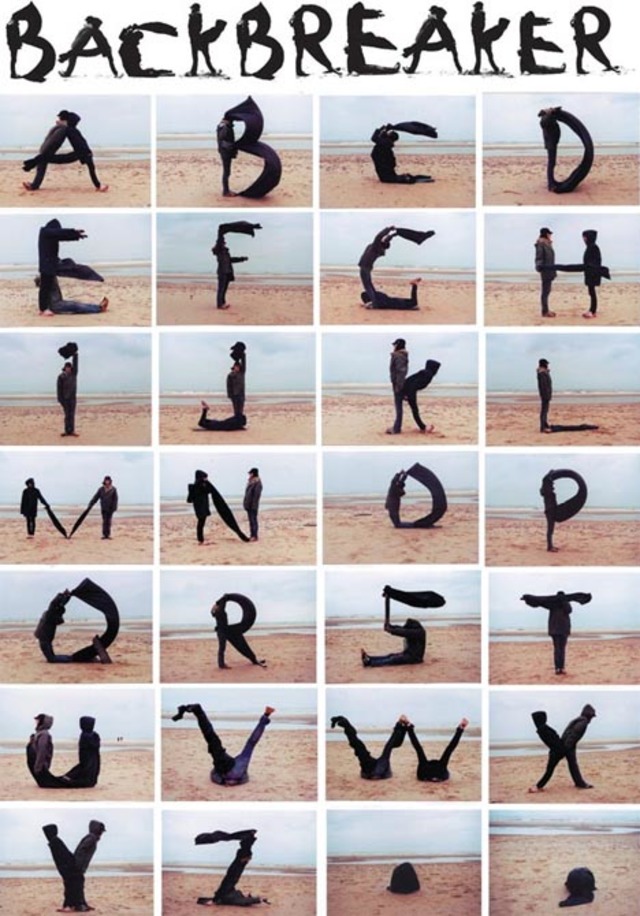
Hijack Your Life created this casual-but-compelling real-life human font in a single photo shoot on an overcast beach in the Netherlands . Against the washed-out backdrop of water, beach and sky, the dark-clad figures stand out boldly to create a very legible typeface. Each letter requires at most two individuals, though some also utilize pieces of cloth (often caught up in the wind) to complete the picture.
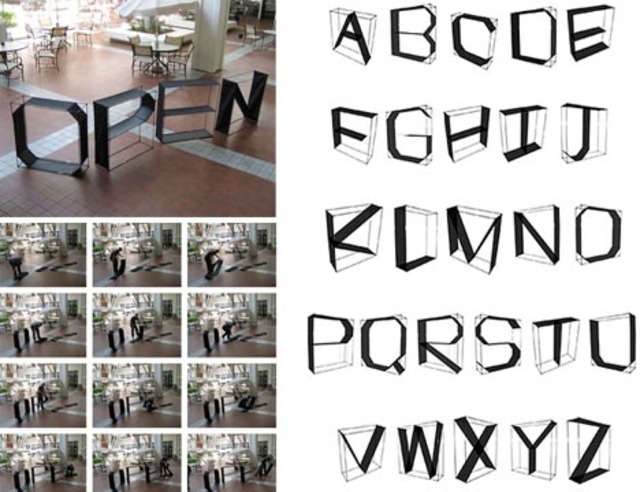
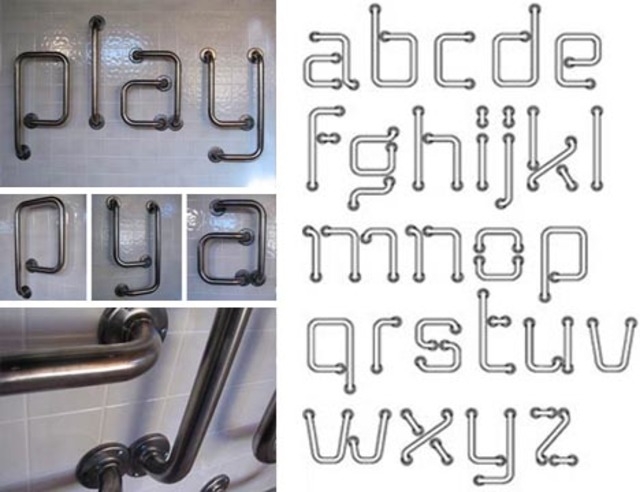
Andrew Byrom is something of a typography fanatic – he has experimented with all kinds of creative fonts that range from conventional-but-creative to out-of-this world, from standardized computer-ready ones to others that only take full shape when constructed in the real world. The above three sets of fonts only scratch the surface of his surprisingly rich and varied work.

As Amandine Alessandra points out on her portfolio website, “Ferdinand de Saussure only acknowledged two forms of writing: Alphabetic (letter form and phonetic based) and ideographic (based on pictorial symbols). This ideographico-alphabetic type is only to be used to talk about the very specific chair the letter form is based on. ” In curious ways, Amandine plays at the intersection of printed, spoken and symbolized word – designing typographies using books filled worth words and selectively-hidden chairs that conceal and reveal letters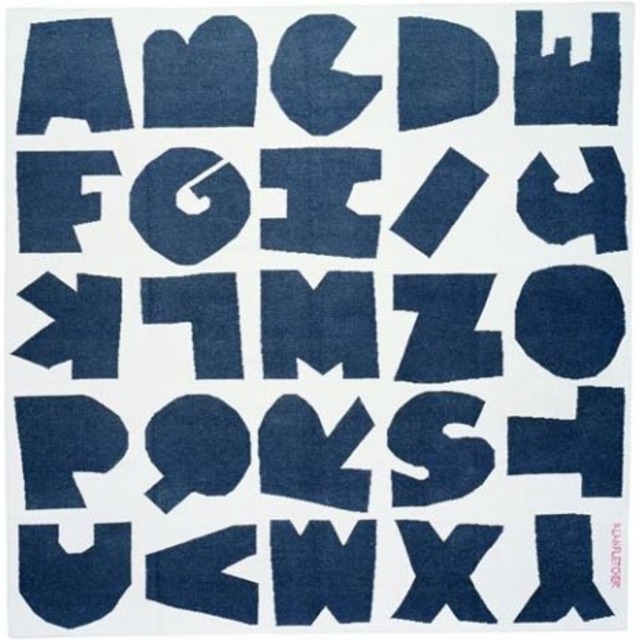
The paper cut-out alphabet rug found on Swiss Miss is perhaps the closest font featured here to something you could create yourself. Unfortunately, even it appears to have since gone out of production – not to suggest, of course, that you could not make your own if you were so inspired. Computer technologies have made the creation of new fonts easier today by far – but has the proliferation of available type designs reduced our reverence for them as a whole? Perhaps these unique fonts (found and photographed in nature or constructed in real-life) are unique, original and stylized in such a way that they represent indirect return to unique combination of art, design and technology associated with the origins of printed type.




